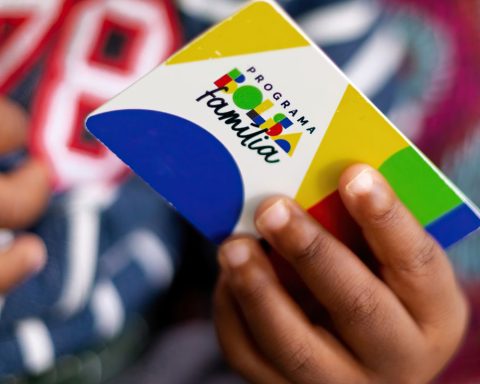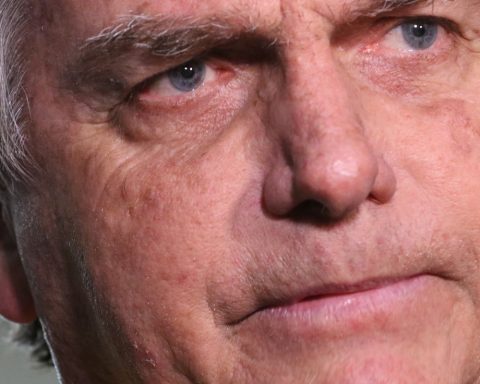After recording a record profit of BRL 469.6 billion in 2020, the Central Bank (BC) profited BRL 85.9 billion in 2021. The National Monetary Council (CMN) today (17) approved the body’s balance sheet last year .
Of the total profit of R$85.9 billion, R$14.2 billion refer to foreign exchange transactions, such as swap (selling dollars on the futures market) and gains from international reserves. The remaining R$ 71.7 billion correspond to operating income (gains from the activity) and will be transferred to the National Treasury until March 7.
Because of the new legislation that regulates the relationship between the Central Bank and the Treasury, the destination of the monetary authority’s profits has changed. The foreign exchange profits go to an internal reserve of the BC that will increase the bank’s net worth and will be used to offset future losses with foreign exchange operations, in case the dollar falls in the future.
Non-exchange profits go to the Treasury. Until the first half of 2019, all the profit (exchange and non-exchange) of the Central Bank was transferred to the Treasury.
In a note, the BC reported that, in 2021, it adopted new operations “in line with modern international practices”. These include interest-bearing time deposits, which totaled R$7 billion on December 31. Through these deposits, financial institutions voluntarily leave money with the Central Bank in exchange for remuneration, instead of just leaving compulsory (compulsory) deposits in the monetary authority’s account.
The Liquidity Financial Lines (LFL) totaled R$ 1 billion at the end of last year in the forward modality. These loans are secured by financial assets and meet the liquidity needs of financial institutions. These lines involve both immediate liquidity operations (with a term of up to five business days) and forward liquidity (with a term of up to 359 calendar days).














